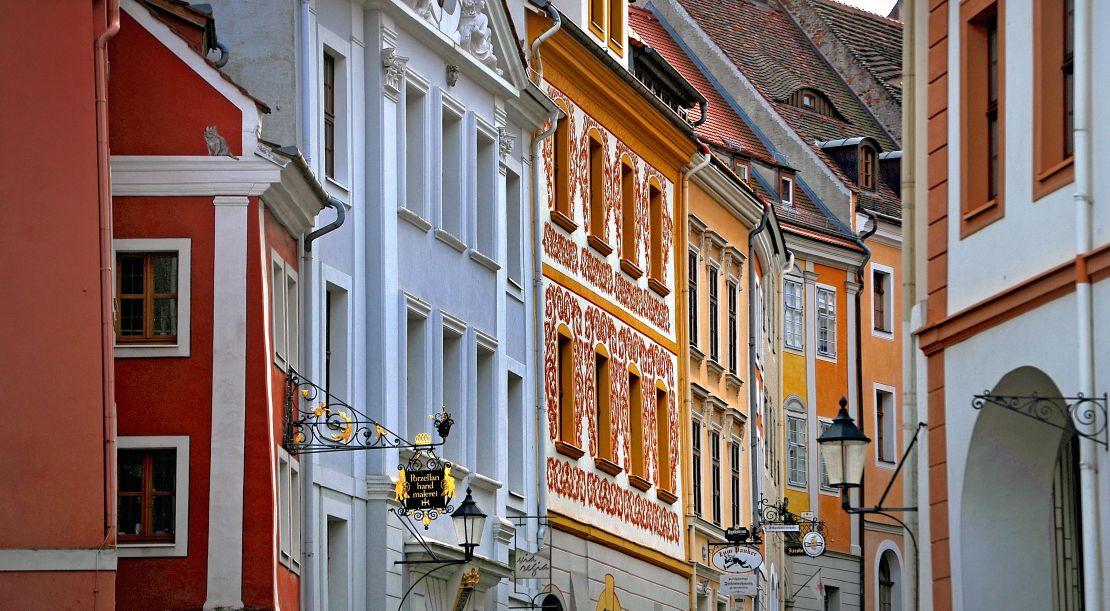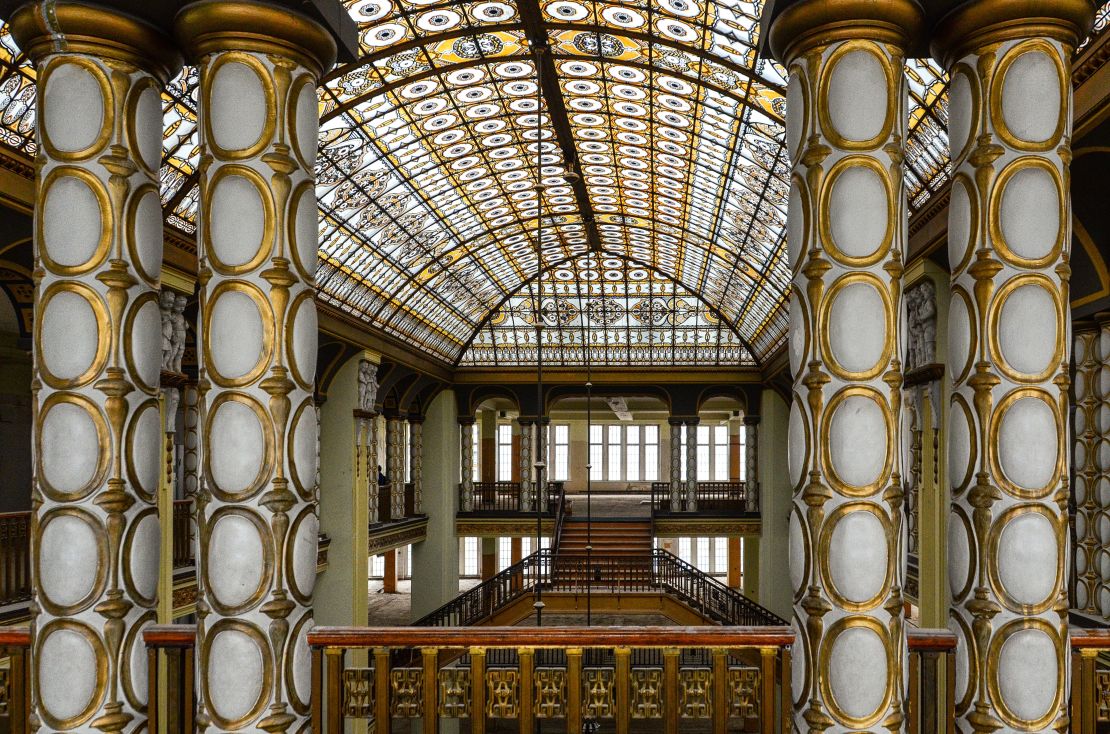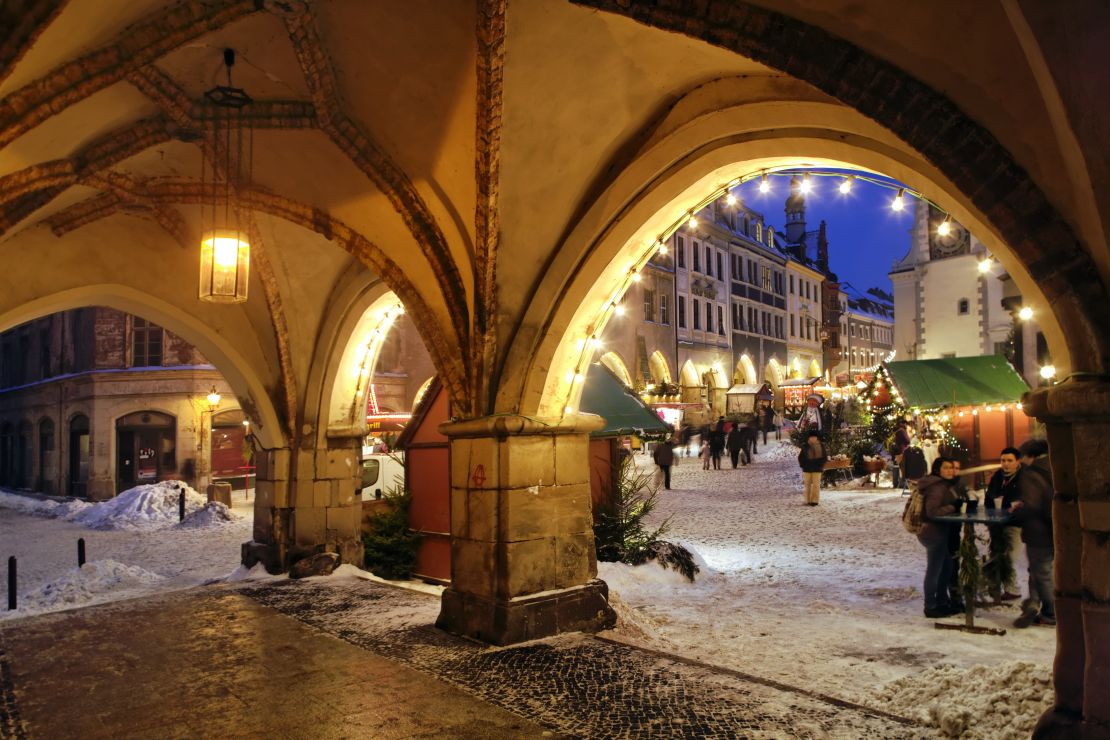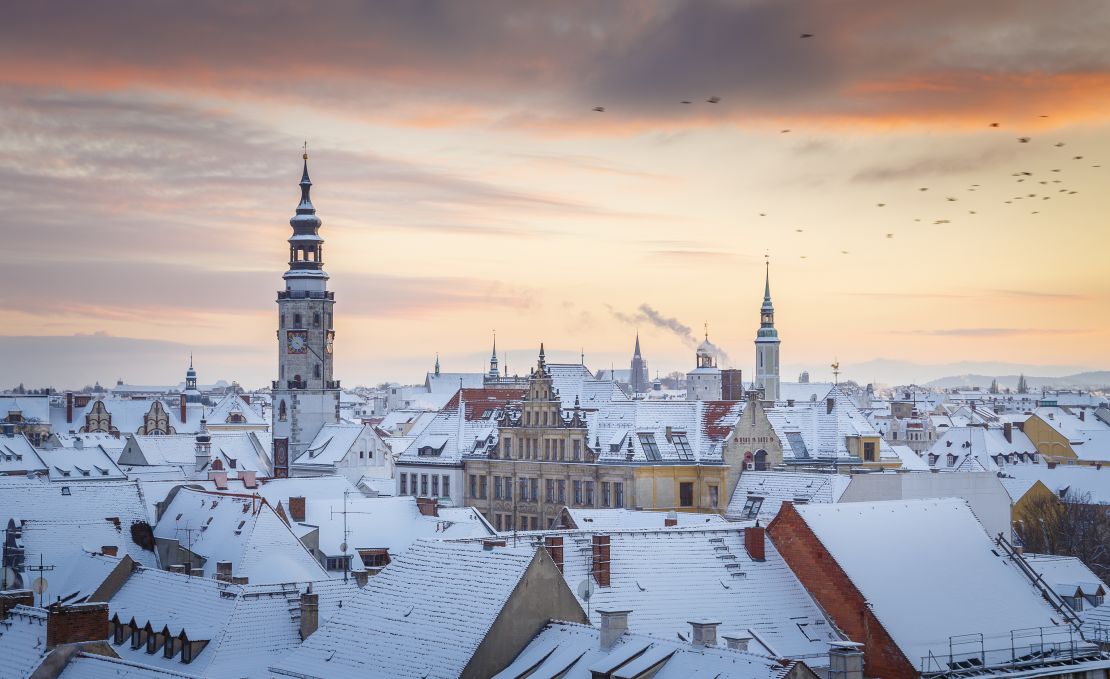You might not have heard of the beautiful German town of Goerlitz, but its medieval streets and blend of Art Nouveau, Art Deco and Gothic architecture might still be familiar.
That’s because it’s regularly used to backdrop to some of Hollywood’s most successful movies – including Wes Anderson’s “The Grand Budapest Hotel” and Quentin Tarantino’s “Inglorious Basterds.”
No surprise then, that Goerlitz has now been crowned Best European Film Location of the Decade by the Association of European Film Commissions.
‘Crowning glory’

The award, voted for by film fans across Europe, saw the town beat out 10 other nominees including stunning “Game of Thrones” locations in Croatia and the streets of Vienna, which star in “Mission: Impossible – Rogue Nation.”
“This is the crowning glory for our city,” Mayor Siegfried Deinege says.
He adds that the award is “a huge incentive to be a high quality location for future productions.”
Goerlitz began its movie career in the 1950s – earning the nickname “Goerliwood,” but its starring role in “The Grand Budapest Hotel” cemented its status as film set royalty.
Director Wes Anderson arrived on location in the town in 2013 and spent 40 days in Goerlitz shooting in the town.

The town has more than 4,000 buildings that are protected as historic monuments, but it was an Art Nouveau former department store that caught Anderson’s eye.
The interior was one of the main sets for the movie’s eponymous hotel, used to create its vast lobby.
After the film captured the attention of audiences across the world – taking home the Academy Award for Best Production Design – all eyes turned to Goerlitz.
Movie fans might not be able to visit the fictional Republic of Zubrowka, but the town is a great stand-in for Anderson aficionados.

Wartime escape
Unlike many towns in Germany, Goerlitz survived World War II virtually unscathed from bomb damage.
Once a bustling medieval trade center, the town still has buildings from that period.

The metropolis was once a commercial hot spot – the center of the Prussian Upper Lusatia and later the biggest city in Lower Silesia. The town became part of Germany after World War II.
It remains so photogenic in part because – in a plot twist worthy of a movie – the city received an anonymous donation known as the “old town million” in 1995.
The handout was given each year between 1995 and 2016 to support the restoration of the Old Town.
Interest in Anderson’s “Grand Budapest Hotel” hasn’t waned since 2014 – and many movie-loving European travelers remain on the hunt for buildings that replicate Anderson’s whimsical style.
Time will tell what movie will next take over Goerlitz’s streets, but it’s likely it won’t be long the town has another Hollywood moment.




















